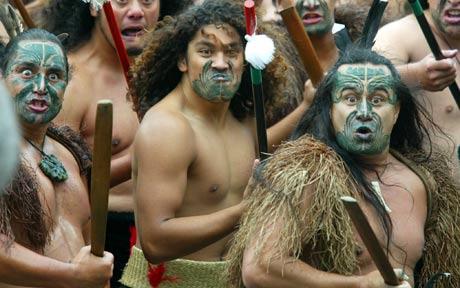Under the leadership of British statesman Edward G. Wakefield, the first British colonists to New Zealand arrive at Port Nicholson on Auckland Island.
In 1642, Dutch navigator Abel Tasman became the first European to discover the South Pacific island group that later became known as New Zealand. While attempting to land, several of Tasman’s crew were killed by warriors from the native Maori people, who interpreted the Europeans’ exchange of trumpet signals as a prelude to battle. The islands, which were named after the Dutch province of Zeeland, did not attract much additional European attention until the late 18th century, when English explorer Captain James Cook traveled through the area and wrote detailed accounts of New Zealand.
Whalers, missionaries, and traders followed, and in 1840 Britain formally annexed the islands and established New Zealand’s first permanent European settlement at Wellington. That year, the Maori signed the Treaty of Waitangi, by which they recognized British sovereignty in exchange for guaranteed possession of their land. However, armed territorial conflict between the Maori and white settlers continued until 1870, when there were few Maori left to resist the European encroachment.
Originally part of the Australian colony of New South Wales, New Zealand became a separate colony in 1841 and was made self-governing in 1852. Dominion status was attained in 1907, and full independence was granted in 1931 and ratified by New Zealand in 1947.


